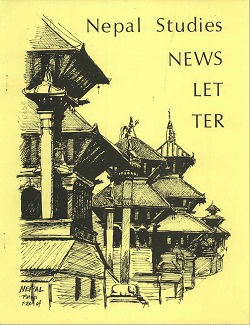Author Biography
Bilal Ahmad Pandow has a doctorate in Finance from the Department of Commerce, University of Kashmir in Srinagar, Jammu and Kashmir. Until recently he was a Senior Lecturer in the Department of Management Studies, Middle East College, Muscat. He has an MPhil in Finance, MBA in Finance & Control, and a PGDCA. He is also a certified microfinance trainer with the Asian Development Bank Institute and the World Bank Tokyo Development Learning Center.
Abstract
In a political conflict like Kashmir, human loss is the first tragedy coupled with the economic damage to the oppressed class. Repeated shutdowns that include curfews and protests have dented the economy of Kashmir, a fact that is irrefutable. However, this is supplemented by the ‘normalcy period’ that paves way for the economic captivity of the region. The Narendra Modi government’s decision to abrogate Article 370, which guaranteed a special status to Jammu and Kashmir (J&K) under the Indian constitution, and divide the J&K state into two separate Union Territories on 05 August 2019 has already immensely dented the local economy to the tune of 17878 crore of Indian rupees. The decision is expected to further tarnish the economy of J&K, an economy which could have been enhanced to serve the needs of local people and the developmental project of the state. In the past, there were instances when the state’s economic potential was compromised (e.g., the agreement between Reserve Bank of India and Government of J&K), which furthered the state’s dependence on New Delhi. In an official report, the state government admitted that the conflict has condensed per capita Gross Domestic Product growth, Foreign Domestic Investment inflow, exports, and trade flow in the state. The report also mentioned that J&K lost 16000 crore during the unrest of 2016. During the years 2016 and 2017, 168 curfews were imposed in nine districts of J&K, resulting in huge financial loss to locals. In 2019, the region witnessed the longest ever communication blockade of 214 days, resulting in huge losses to local businesses, and in some cases even closures. The cost of the Kashmir conflict is difficult to ascertain due to limited studies on the subject and non-availability of data. In this paper, I document the economic cost of the Kashmir conflict and the effects of Indian imperialism on the region’s society and economy using a conflict economics framework.
Creative Commons License

This work is licensed under a Creative Commons Attribution-Noncommercial-No Derivative Works 4.0 License.
Recommended Citation
Pandow, Bilal A.. 2020. Economics of Kashmir Conflict. HIMALAYA 40(1).
Available at:
https://digitalcommons.macalester.edu/himalaya/vol40/iss1/11


